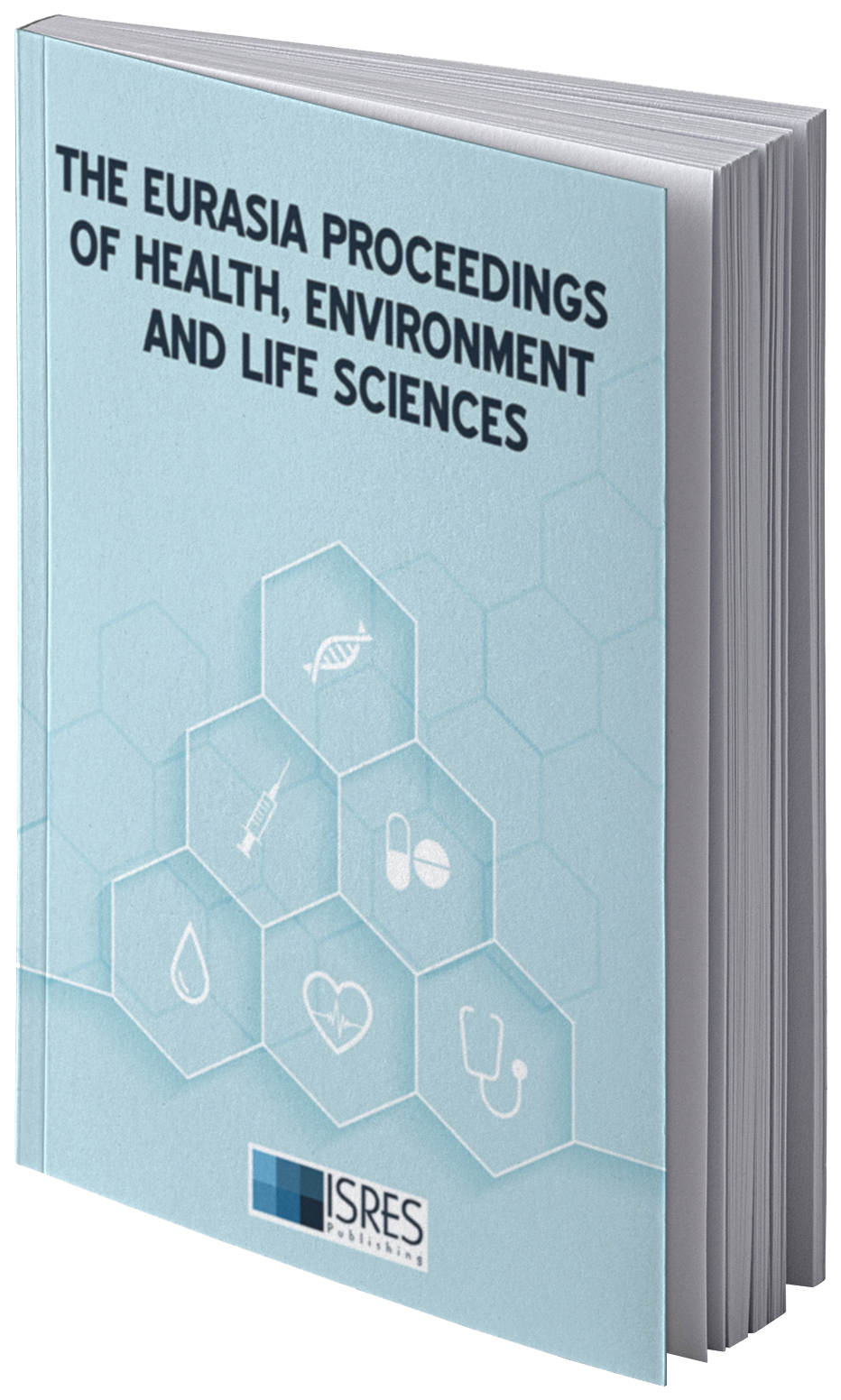XRCC2 Gene Study by Next Generation Sequencing and Establishing Its Relation with Breast Cancer
DOI:
https://doi.org/10.55549/ephels.112Abstract
Breast cancer (BC) is a leading cause of morbidity and mortality among women, with its development influenced by genetic factors such as mutations in the XRCC2 gene, a key player in DNA repair via homologous recombination. This study aimed to elucidate the role of XRCC2 in BC by utilizing Next Generation Sequencing (NGS) to identify genetic variants and assess their association with BC risk and progression. This study was done between 2021 and 2024. Specimens were meticulously collected from Zheen International Hospital, located in Erbil, Iraq. In total, 44 peripheral blood samples of 44 BC patients were included in this study. DNA extracted from these samples underwent NGS, revealing seven XRCC2 variants with varying predictions of pathogenicity. In terms of pathogenicity, 5 of these mutations were Uncertain Significance, including (c.134A>C, c.271C>T, c.283A>C, c.181C>A, c.-1G>A (5UTR variant)), 1 of them was Likely Pathogenic including (c.651_652del) and other (c.582G>T) was Likely benign. In conclusion, the XRCC2 could serve as a biomarker for BC, warranting further investigation for its inclusion in genetic screening programs.
Downloads
Published
Issue
Section
License
Copyright (c) 2024 The Eurasia Proceedings of Health, Environment and Life Sciences

This work is licensed under a Creative Commons Attribution 4.0 International License.
The articles may be used for research, teaching, and private study purposes. Any substantial or systematic reproduction, redistribution, reselling, loan, sub-licensing, systematic supply, or distribution in any form to anyone is expressly forbidden. Authors alone are responsible for the contents of their articles. The journal owns the copyright of the articles. The publisher shall not be liable for any loss, actions, claims, proceedings, demand, or costs or damages whatsoever or howsoever caused arising directly or indirectly in connection with or arising out of the use of the research material. All authors are requested to disclose any actual or potential conflict of interest including any financial, personal or other relationships with other people or organizations regarding the submitted work.



